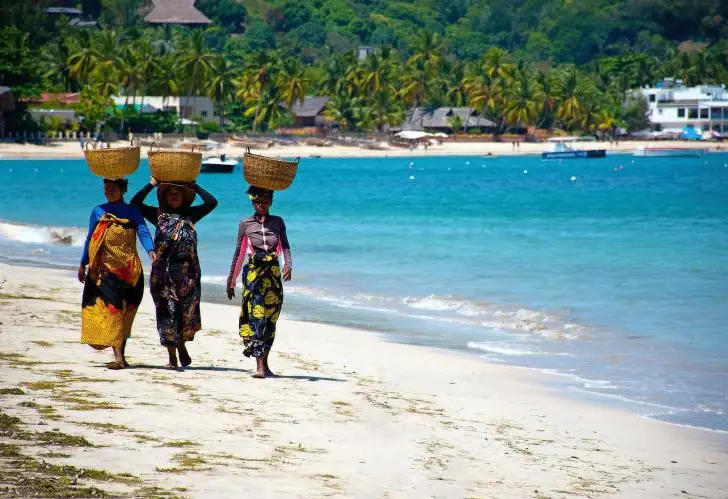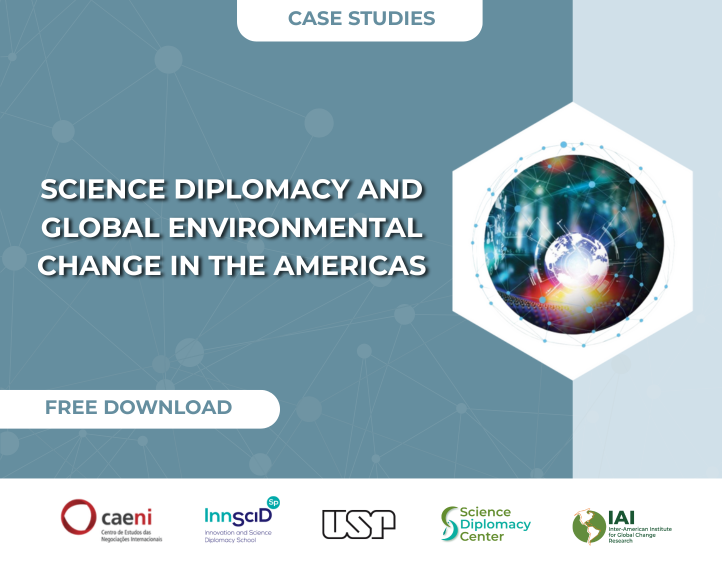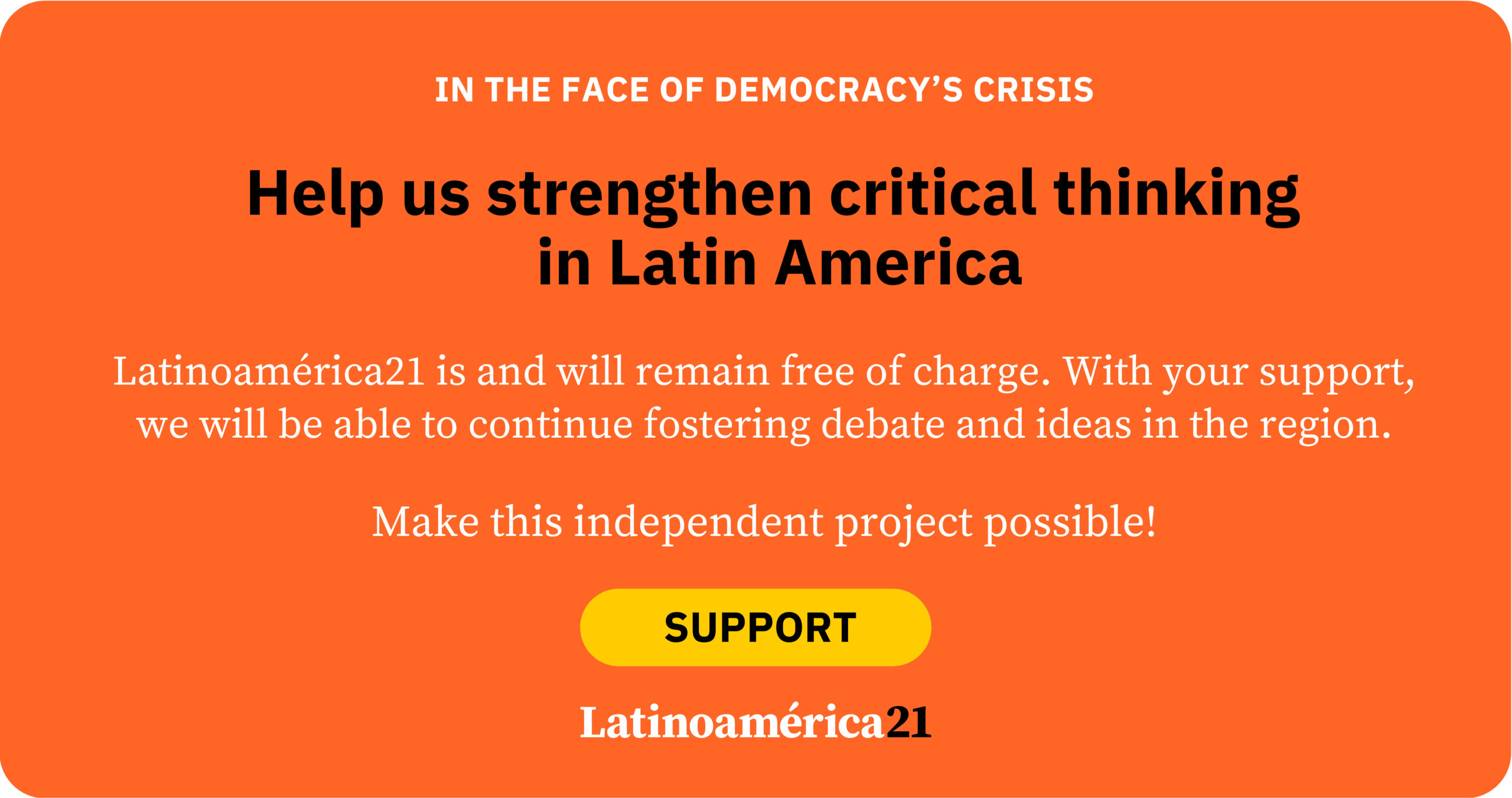The idyllic image of the Caribbean as a paradise of white-sand beaches, palm trees, and turquoise waters has been endlessly repeated by the international tourism industry. Yet we rarely pause to consider the price paid by local communities and ecosystems to uphold that ideal. Today, more than ever, there is an urgent need to rethink the Caribbean’s tourism model—shifting from one that is extractive, unequal, and dependent to one that is sustainable, inclusive, and respectful of its cultural and environmental diversity.
The COVID-19 pandemic exposed the extreme vulnerability of Caribbean tourism. With border closures and the paralysis of international travel, many regional economies were virtually frozen. This excessive dependence on international tourism not only reveals economic weaknesses but also exposes deep inequalities: benefits are often concentrated in large foreign hotel chains, while local communities remain on the margins, facing job insecurity, land displacement, and damage to their livelihoods.
The dominant tourism model in the Caribbean, based on mass tourism and cruise tourism, has contributed to the standardization of the tourist experience. This is reflected in the arrival of 34.2 million international tourists to the region in 2024, according to the Caribbean Tourism Organization, with cruise tourism accounting for 33.7 million of those visits—98.5% of the total. As poet Derek Walcott warned, this commercialized vision objectifies Caribbean identity into a superficial postcard, sold through brochures that ignore the islands’ rich culture and historical diversity. Short cruise stops and all-inclusive packages discourage community engagement, homogenize destinations, and limit local economic impact.
Although this sector generated more than $4.26 billion in direct spending and created over 94,000 jobs during the 2023/2024 season, a true transformation of Caribbean tourism is necessary—one that starts by reassessing the foundations on which it was built. Connectivity and transportation are crucial for both tourism and the development of Caribbean communities. However, maritime transport in the region has developed in a fragmented way and remains underutilized. Although the islands are geographically close, intra-Caribbean connectivity remains limited compared to external connections, and ferry services face numerous challenges: outdated and insufficient infrastructure, technological and operational inefficiencies, uncoordinated customs and immigration procedures, and the lack of a unified regional policy.
Overcoming these barriers requires investment in modern port infrastructure, the harmonization of customs and immigration processes, and the establishment of regional agreements that enable smoother mobility among Caribbean nations. Improving this would not only support island-to-island tourism—a more sustainable and decentralized alternative that protects and promotes the culture and heritage of the Caribbean’s diverse peoples—but would also help promote the Caribbean experience as that of an integrated region. Strengthening internal connectivity is key to diversifying the economy, reducing dependence on markets in the Global North, and building a stronger tourism identity rooted in the region’s own cultural, social, and economic dynamics.
Another essential pillar of tourism transformation is strengthening community-based tourism (CBT). Unlike the extractive model, CBT relies on active community participation, respect for local ways of life, and the offering of authentic experiences centered on culture, gastronomy, nature, and local traditions. For example, Saint Lucia, through its Community Tourism Agency, has prioritized CBT for decades, while Trinidad and Tobago is developing a national policy in this area. However, the lack of data on economic, environmental, and social impacts limits strong political commitment to these initiatives.
To ensure that CBT does not remain a marginal or symbolic initiative, it is vital to guarantee access to financing, provide training in tourism management and hospitality, and develop regulatory frameworks that recognize its economic, environmental, and cultural value. Additionally, monitoring systems and indicators should be established to make visible CBT’s real impact on communities, enabling its sustainability and growth. These actions would help build a more inclusive industry that redistributes benefits and empowers local actors as true protagonists of development.
However, we cannot talk about sustainability without addressing tourism’s ecological impact. The Caribbean is a region highly vulnerable to climate change. Hurricanes, rising sea levels, and coastal degradation are threats that are intensifying. Poorly planned tourist developments, often located in risk-prone areas, not only exacerbate these problems but also multiply the social and economic costs after each disaster. Thus, it is urgent to strengthen the territorial resilience of the tourism sector. This includes strict enforcement of building codes that withstand natural disasters, land-use planning based on risk analysis, and the restoration of coastal ecosystems as natural barriers against storms and erosion. Additionally, stricter environmental standards must be required for tourism projects to avoid the destruction of mangroves, coral reefs, and dunes—ecosystems essential for the protection of communities.
The transition to a fairer and more resilient tourism model in the Caribbean requires redefining the industry’s success indicators. For decades, progress has been measured by the number of visitors or gross revenue, without considering how these revenues are distributed, their impact on ecosystems, or the legacy left for communities. It is imperative to adopt metrics aligned with the Sustainable Development Goals (SDGs), incorporating social, cultural, and ecological dimensions.
In this process, the Association of Caribbean States (ACS)—which brings together 25 member states and 10 associate members of the Greater Caribbean—plays a strategic role in promoting regional integration as a driver of economic development and international projection. In the face of structural challenges such as lack of infrastructure, cultural differences, and external dependence, it is essential to advance key policies like improving connectivity, expanding trade, and positioning the Caribbean as a diverse and coordinated regional destination. Reimagining tourism in the region does not simply mean optimizing how it operates—it means transforming it profoundly, leaving behind an extractive model and moving toward one that is truly sustainable, inclusive, and resilient.
*Machine translation proofread by Janaína da Silva.













